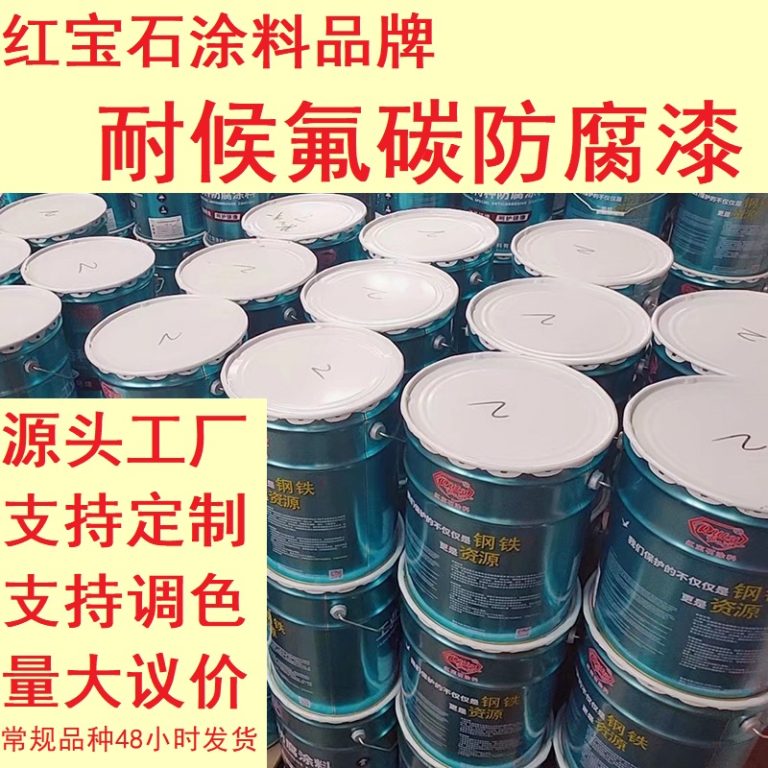Table of Contents
Effecten van het verbod op fluorkoolstof op de visserijsector
Serienummer
Product

Epoxy Zinkrijke verf
| Milieuvoordelen van een verbod op fluorkoolstof bij het terugdringen van de uitstoot van broeikasgassen | Nummer |
| 1 | Product |
Fluoracarbon afwerkingsverf
Concluderend betekent het verbod op fluorkoolwaterstoffen een cruciale stap in de goede richting voor milieubehoud en beperking van de klimaatverandering. Door de uitstoot van deze krachtige broeikasgassen terug te dringen, het gebruik van milieuvriendelijke alternatieven te bevorderen, te helpen bij het herstel van de ozonlaag en internationale samenwerking te bevorderen, levert het verbod aanzienlijke milieuvoordelen op. Terwijl we geconfronteerd blijven worden met de dringende kwestie van de opwarming van de aarde, is het absoluut noodzakelijk dat we voortbouwen op deze vooruitgang en beleid blijven implementeren dat onze planeet beschermt voor toekomstige generaties. Het succes van het verbod op fluorkoolwaterstoffen dient als een krachtige herinnering aan wat kan worden bereikt als de wereldgemeenschap zich verenigt voor een gemeenschappelijk doel.
The recent ban on fluorocarbons has been a significant step forward in the global effort to reduce greenhouse gas emissions and combat climate change. Fluorocarbons, which include chlorofluorocarbons (CFCs), hydrochlorofluorocarbons (HCFCs), and hydrofluorocarbons (HFCs), have been widely used in various industrial applications, such as refrigeration, air conditioning, and aerosol propellants. However, these compounds are potent greenhouse gases that have a much higher global warming potential than carbon dioxide.
The environmental benefits of the fluorocarbon ban are manifold. Firstly, by phasing out the production and use of these harmful chemicals, we are directly reducing the amount of greenhouse gases released into the atmosphere. This is crucial because fluorocarbons can trap heat in the atmosphere at a rate thousands of times greater than carbon dioxide, contributing significantly to global warming. By eliminating these emissions, we are taking a proactive step towards stabilizing global temperatures and mitigating the effects of climate change.
Moreover, the ban on fluorocarbons has also led to the development and adoption of more environmentally friendly alternatives. Industries that previously relied on fluorocarbons have been encouraged to innovate and find sustainable solutions that do not harm the planet. For instance, many companies have transitioned to using natural refrigerants like ammonia, carbon dioxide, and hydrocarbons, which have a much lower global warming potential and do not deplete the ozone layer. This shift not only helps in reducing greenhouse gas emissions but also promotes technological advancement and sustainability in industrial practices.
Additionally, the fluorocarbon ban has had a positive impact on the ozone layer. Fluorocarbons are known to contribute to the depletion of the ozone layer, which protects life on Earth from harmful ultraviolet radiation. The phasing out of these chemicals under international agreements such as the Montreal Protocol has led to a gradual recovery of the ozone layer. This recovery is vital for preserving biodiversity, preventing skin cancers and cataracts, and maintaining the overall health of ecosystems.
Furthermore, the ban has heightened global awareness and cooperation on environmental issues. Countries around the world have come together to enforce the ban and monitor compliance, demonstrating a collective commitment to addressing climate change. This spirit of cooperation is essential for tackling other environmental challenges and achieving long-term sustainability goals.
| Number | Product |
| 1 | Fluoracarbon finish paint |
In conclusion, the ban on fluorocarbons represents a critical step in the right direction for environmental conservation and climate change mitigation. By curbing the emissions of these potent greenhouse gases, promoting the use of eco-friendly alternatives, aiding in the recovery of the ozone layer, and fostering international collaboration, the ban delivers substantial environmental benefits. As we continue to face the pressing issue of global warming, it is imperative that we build on this progress and continue to implement policies that protect our planet for future generations. The success of the fluorocarbon ban serves as a powerful reminder of what can be achieved when the global community unites for a common cause.






